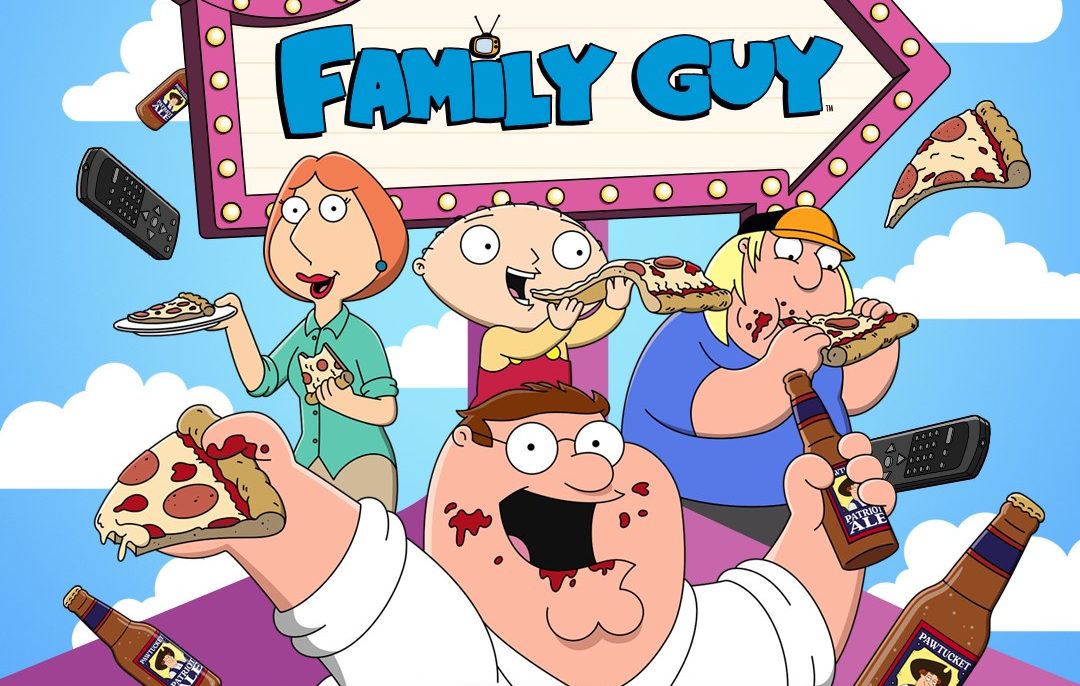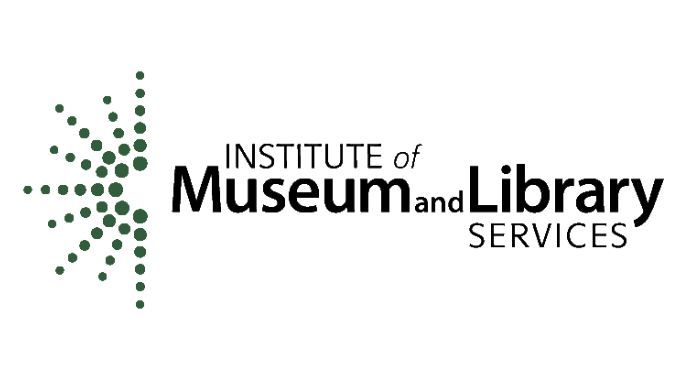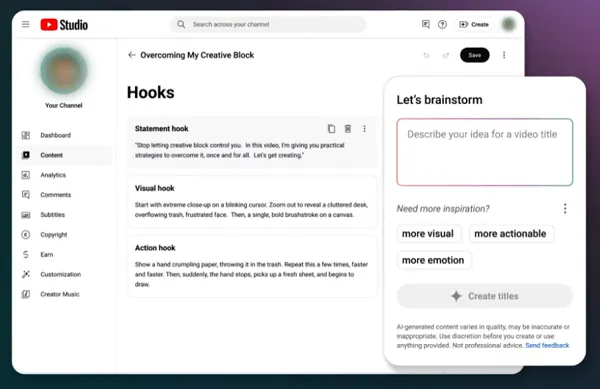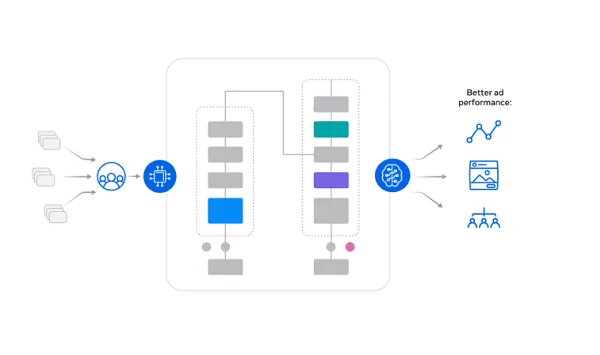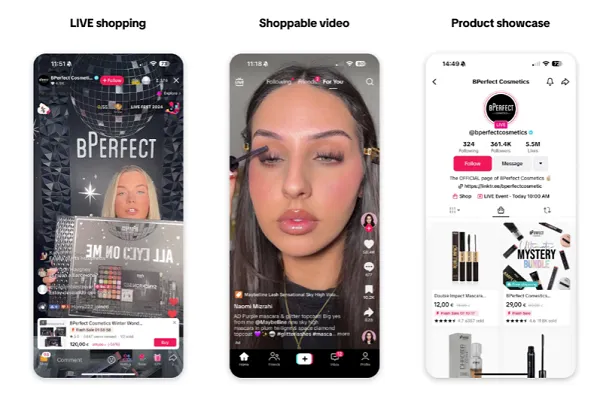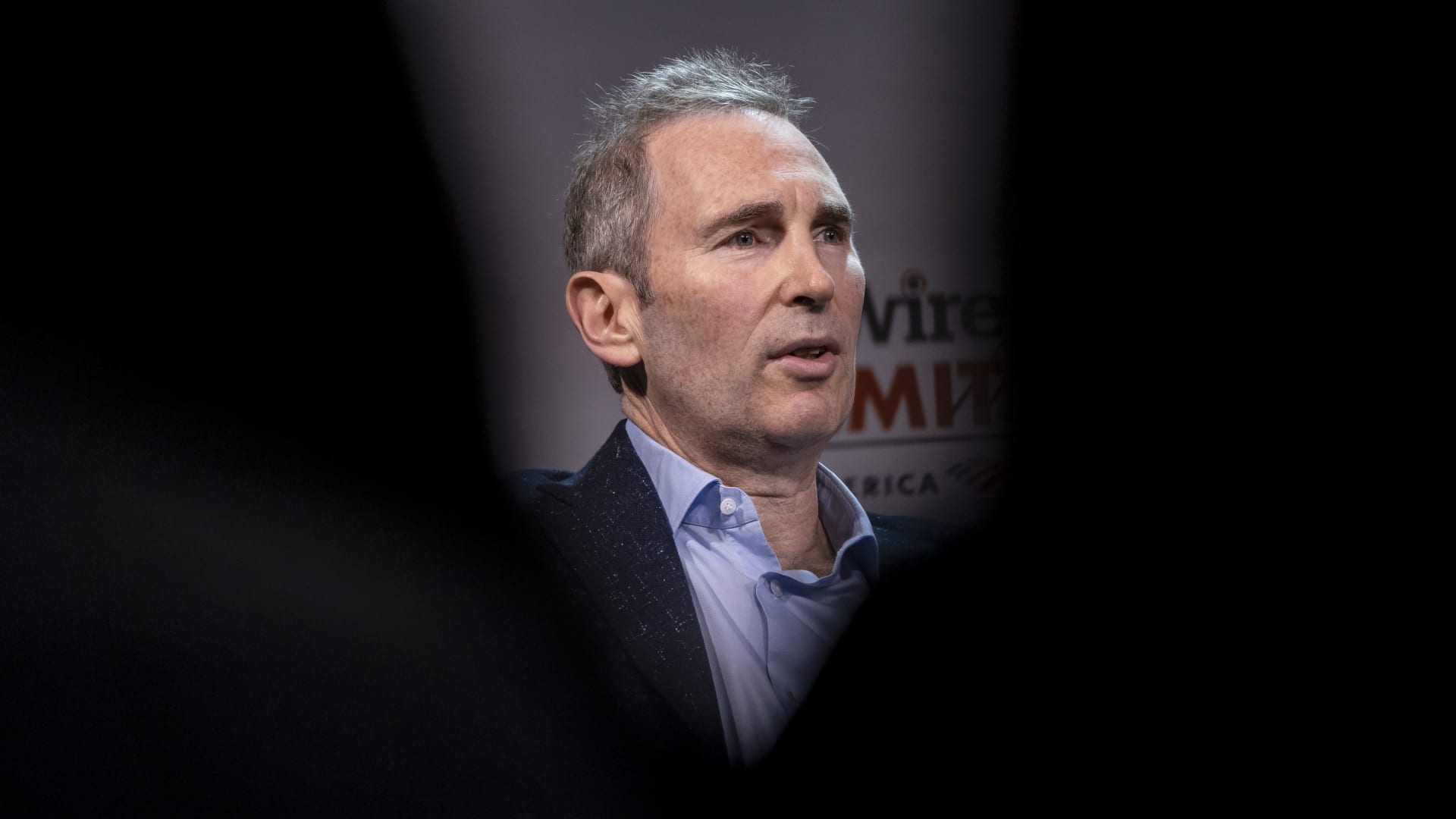If innovation is the lifeblood of competitive success in business, why is it that so many companies are stuck in neutral? Companies that are stagnant—those that fail to periodically reinvent aspects of themselves—lose their competitive edge. So, consider bringing in collaborative design thinking as a framework to break through the stalemates and get leaders as well as teams collaborating and innovating.
Do the people in your company have opposing viewpoints or experience moments of tension and discord? If so, great! You have the resources to successfully apply collaborative design thinking to get a team to innovate. Tension between team members can be seen as constructive; it fuels innovation and excellent work. And the greater exposure there is to diversity in perspectives, the more possibilities become evident.
Applying design thinking under the umbrella of such a collaborative environment can be an extremely powerful methodology. The following building blocks can help leaders and teams to achieve the creative collaboration it takes to innovate:
• Gather the information. Begin the process by immersing in the unique circumstances of the problem. Thoroughly research the context and stakeholders to arrive at a deep understanding of all relevant issues, conflicts, and constraints surrounding the problem. Examine historical perspectives and a range of precedents that might be applicable. Invoking ideas from the past—analyzing, understanding and interpreting them—can inspire solutions in the present and for the future. Conduct effective interviews, perform a mini-ethnography, and consult with key knowledgeable people to accelerate understanding. All of these data may provide a richer background that informs the investigation and may trigger ideas.
• Analyze and define the problem. This may seem counterintuitive, but defining the right problem may actually be a creative act. Even if a problem is not fully articulated, it may be useful to forge ahead and work through the building blocks of the design thinking loop with incomplete data to further delineate and amplify the issues. Other problem-solving techniques suggest there must be a clear problem formulation before taking action to solve it. With design thinking, however, continuing dialogues, diagnoses and reframing of the problem throughout the process ensure an optimal solution. Rigorous analysis is also necessary to ensure identification of the most salient problem, which may be masked because of an immediate acceptance of the problem at face value. Question the status quo and initial assumptions. Analysis is also a meaningful prerequisite for brainstorming; it results in a clear, orderly and fine-grained view of the problem from multiple perspectives.
• Generate ideas. Conduct brainstorming and visioning sessions to create as many ideas—good and bad, both conventional and unconventional (and even silly)—as possible, informed by the information gathered to date together with the problem analysis. Consider and combine various influences to create innovative diagrammatic concepts or outlines of ideas. Empower the stakeholders to meaningfully contribute to the solution. Is it more courageous to listen and respond only to stakeholders or to stubbornly stand behind some personalized ideal solution? Perhaps it is the tension between the practical and the ideal that motivates innovation and keeps creativity tied to the solution of mundane but often significant challenges.
• Achieve synthesis through modeling. Take the best ideas from brainstorming sessions to a higher degree of resolution and detail, resulting in several alternative prototypes, models or draft solutions. A model or prototype is not necessarily an object; it is some sort of solution or deliverable. For example, it could be anything from a strategy, an app or a story to a business model that functions as a demonstration—an operational prototype of the idea. These vehicles not only serve as good simulations of proposed preliminary solutions but, most importantly, can and should facilitate manipulation, experimentation and even play. In all cases, regardless of success or failure, learning and discovery are paramount.
• Do a critical evaluation. With this essential step of testing the model, there is an opportunity to make the solution or project better; to validate (or not) concepts and solutions relative to the problem definition by subjecting them to critical appraisal from stakeholders, colleagues and objective outsiders. Feedback from stakeholders is especially valuable to make meaningful revisions. Embrace constructive criticism from whatever source, make changes without diluting a strong idea, and test again. This is not to say that you should always be unconditionally deferential to criticism. There are times when comments may be off the mark or just plain wrong, and you have to recognize that someone else may have an agenda that might not be in your project’s best interests. So attend carefully to critical challenges, extract the best of it, and build on it, but dismiss what is clearly off base or irrelevant. Change or adjustment in response to criticism should be seen not as compromise, but as something that makes a project more sensitive and responsive to some special issue.
Reach for the Greatest Potential
Solutions should pass through the aforementioned loop of building blocks as many times as is appropriate for the problem. In other words, get feedback, evaluate the outcomes, adjust the components, and repeat the loop with new data. Then implement.
One feature that distinguishes collaborative design thinking is striving to integrate some sort of magical element—a critical intangible that separates a competent solution from a great one. Not all problems are amenable to this, but always look for opportunities to transcend solving the practical problem. Honor the problem, but also create something beyond the immediate utility of the solution; perhaps something that the stakeholders might never have imagined. Reach for the greatest potential within the constraints, hopefully eliciting an emotional response. This represents collaborative design thinking at its best.
Once a team understands the building blocks noted above, they can be cherry-picked, refined, weighted and combined into various hybrids—depending on the problem and its context—to yield a unique process for each problem. The process can then become part of the company’s own methodology for continuing to collaborate, innovate, grow and dominate the market.















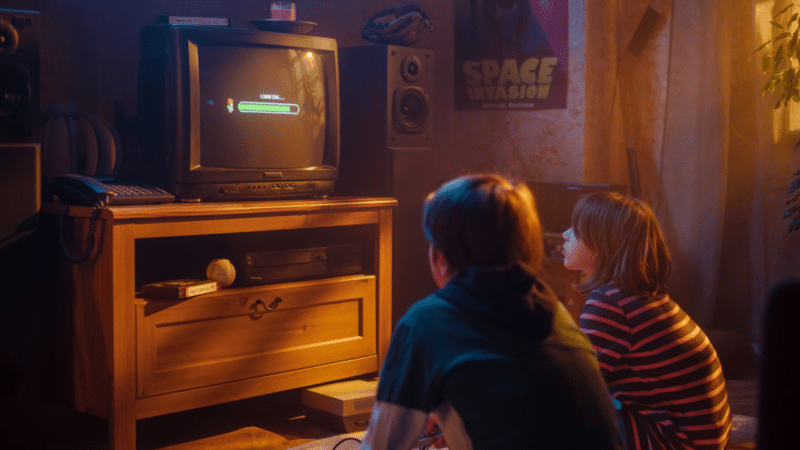
























![Spider-Man Is Back in Black With the Green Goblin in New Funko Pop! Figures [Exclusive] Spider-Man Is Back in Black With the Green Goblin in New Funko Pop! Figures [Exclusive]](https://static1.colliderimages.com/wordpress/wp-content/uploads/2025/03/spider-man-the-animated-series-green-goblin.jpg)






